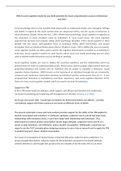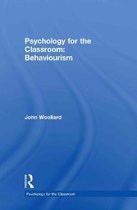Exam (elaborations)
Exam (elaborations) understanding education Psychology for the Classroom, ISBN: 9780415493987
- Module
- Understanding education
- Institution
- The University Of Strathclyde (UOS)
Exam study book Psychology for the Classroom of John Woollard, Saeid Eslamian (3) - ISBN: 9780415493987 (essay and exam)
[Show more]




